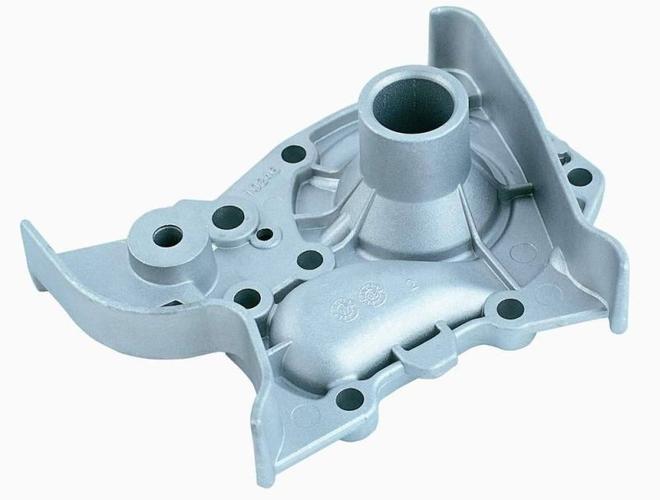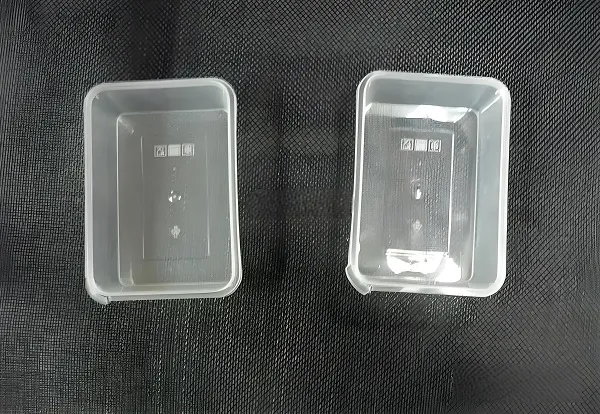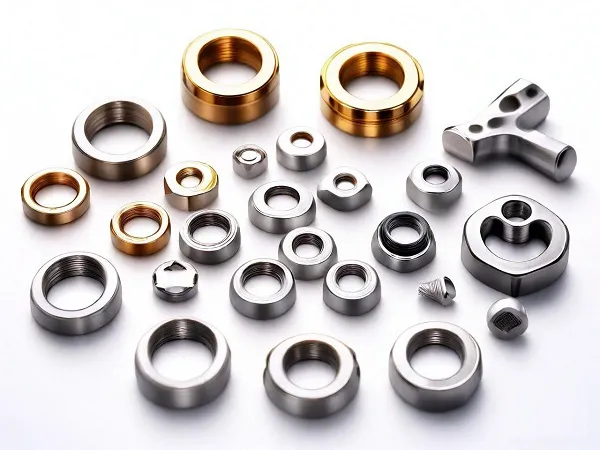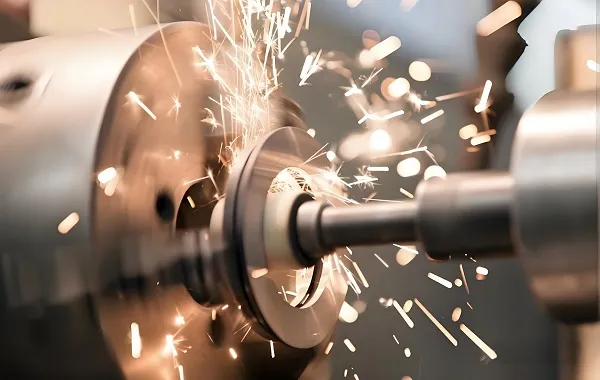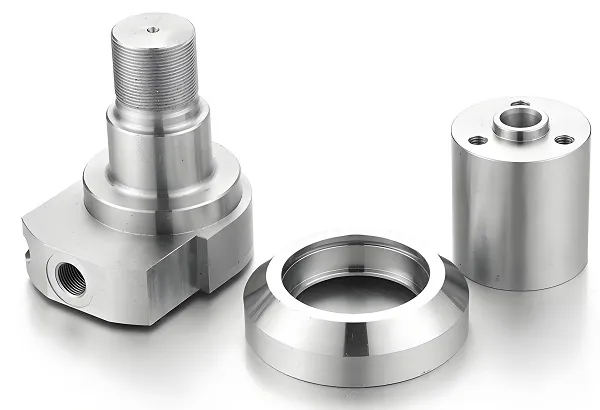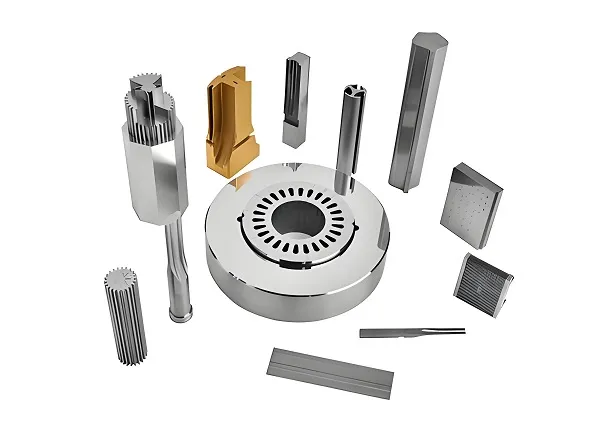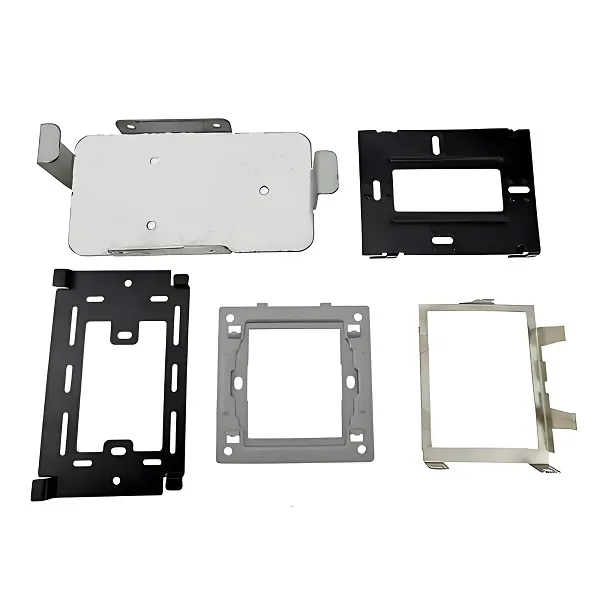Motorcycle die-casting parts are components formed by injecting molten metal into precision molds under high pressure. They offer exceptional dimensional accuracy, complex shapes, and high strength, critical for motorcycle performance. Used in engines, frames, and accessories, these parts balance durability and lightweight design, making custom versions key for tailored performance and fit.
1. Why Custom Motorcycle Die-Casting Parts
Motorcycles vary in model, usage (street, off-road, racing), and design, requiring parts that fit unique specifications. Custom die-casting parts address this by matching exact dimensions of specific makes/models, ensuring seamless integration.
Racing and off-road bikes need enhanced strength-to-weight ratios; custom parts use optimized alloys and designs to withstand extreme conditions. Additionally, customization allows for branding elements or modified geometries to improve aerodynamics or ergonomics, which standard parts can’t provide. It also reduces assembly time by minimizing post-processing, as parts are cast to precise tolerances.
2. Motorcycle Die-Casting Parts Processing Technologies
- High-Pressure Die Casting (HPDC): Most common for motorcycle parts, it injects molten metal (aluminum, zinc) into steel molds at 10–175 MPa pressure. Ideal for complex parts like engine casings, offering high production rates and tight tolerances.
- Low-Pressure Die Casting (LPDC): Uses lower pressure (0.05–0.2 MPa) to fill molds, reducing porosity. Suitable for parts like wheel rims, where structural integrity is critical.
- Gravity Die Casting: Relies on gravity to fill molds, cost-effective for simpler parts (e.g., brackets). Offers good surface finish but slower production than HPDC.
- Squeeze Casting: Combines casting and forging, applying pressure during solidification. Enhances part density, making it ideal for high-stress components like swingarms.
3. Motorcycle Die-Casting Parts Processing Flow
- Design & Engineering: Collaborate to finalize 3D models using CAD, ensuring moldability (draft angles, wall thickness). Simulations test metal flow to avoid defects like air traps.
- Mold Fabrication: Machining tool steel molds to match designs, with cores/cavities for complex features. Molds include cooling channels to control solidification, critical for consistency.
- Material Preparation: Melting alloys (aluminum, zinc) to precise temperatures, with strict composition checks to meet strength/weight requirements.
- Casting: Injecting molten metal into molds via HPDC/LPDC. Pressure and cooling rates are tuned to the part’s size—larger parts (frames) need slower cooling to prevent warping.
- Trimming & Deburring: Removing excess material (flash) and sharp edges using CNC machines or manual tools to ensure safety and fit.
- Post-Processing: Heat treatment (e.g., T6 for aluminum) boosts strength; surface treatments (anodizing, powder coating) enhance corrosion resistance and aesthetics.
- Quality Testing: Dimensional checks via CMM, X-ray for internal defects, and tensile testing to verify strength. Racing parts undergo fatigue testing for durability under repeated stress.
4. Motorcycle Die-Casting Parts Materials
- Aluminum Alloys (e.g., A380, ADC12): Dominant in motorcycle parts, offering low weight (improving speed/handling) and corrosion resistance. Used for engine casings, wheel hubs, and frame components.
- Zinc Alloys (e.g., Zamak 5): High precision and castability, ideal for small parts like handlebar clamps, footpeg brackets, and decorative trim. Less dense than steel but stronger than plastic.
- Magnesium Alloys (e.g., AZ91D): Ultra-lightweight (30% lighter than aluminum) for racing bikes. Used in swingarms and fairing mounts to reduce unsprung weight, enhancing agility.
- Copper Alloys (e.g., Brass): Used for heat sinks or electrical components (e.g., starter motor parts) due to excellent thermal/electrical conductivity.
5. Motorcycle Die-Casting Parts Applications
- Engine Components: Cylinder heads, crankcases, and oil pans, where aluminum alloys resist heat and pressure, ensuring engine efficiency.
- Chassis & Frame: Swingarms, frame brackets, and fork legs, using high-strength alloys to support weight while keeping the bike lightweight.
- Wheels & Suspension: Wheel rims (LPDC for strength), caliper mounts, and shock absorber housings, critical for handling and braking.
- Accessories: Footpegs, handlebar controls, and fairing supports, combining functionality with aesthetics via custom finishes.
- Racing Parts: Lightweight magnesium swingarms, aerodynamic engine covers, and reinforced gearbox casings, optimized for speed and durability.
6. Motorcycle Die-Casting Parts Performance Additions
- Heat Treatment: T6 aging for aluminum parts increases tensile strength by 30%, critical for engine and chassis components under high stress.
- Surface Treatments: Anodizing creates a hard, corrosion-resistant layer (ideal for off-road bikes exposed to mud/water). Powder coating adds color and scratch resistance for street bikes.
- Reinforced Ribs: Integrating structural ribs in castings (e.g., engine casings) enhances rigidity without extra weight.
- Precision Machining: Post-casting CNC milling of critical surfaces (e.g., wheel hub bearings) ensures smooth operation and reduces wear.
7. Motorcycle Die-Casting Parts Common Questions
- Are custom parts more expensive than OEM?
Initial mold costs are higher, but for batches over 500 units, per-part costs drop. Custom parts reduce waste from ill-fitting OEM alternatives, saving long-term.
- What’s the typical lead time?
Mold fabrication takes 4–8 weeks; production of 1000+ parts takes 2–4 weeks. Rush options for prototypes are available (2–3 weeks).
- Can parts withstand off-road conditions?
Yes—using aluminum alloys with T6 treatment and anodizing, parts resist impact, corrosion, and temperature extremes common in off-roading.
- Do you offer certifications?
We provide material certificates (e.g., ASTM for aluminum) and dimensional reports. Racing parts can meet FIM/AMA standards on request.
Need custom die-casting parts for your motorcycle? Whether it’s a vintage model restoration, racing upgrade, or off-road modification, we tailor parts to your specs. Share your bike model, part type, and performance needs in the comments—our engineers will reply with design options, quotes, and timelines. Let’s enhance your ride!
